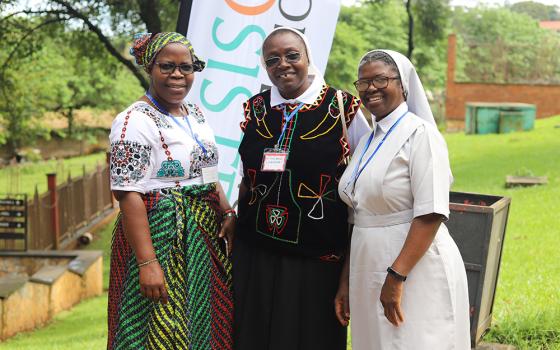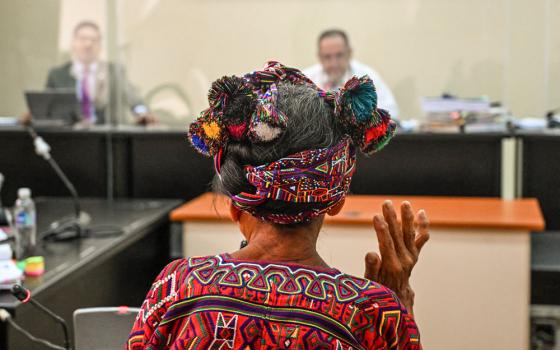On this day the Anglican Communion commemorates Margery Kempe, Mystic.
Margery Brunham was born in Lynn in Norfolk, about 1373. At the age of 20 she married John Kempe. They would be the parents of 14 children.
"The Book of Margery Kempe, often described as the first autobiography in English, was probably written in the late 1430s and presents an account of the visionary encounters and conversations with Christ experienced by a woman from a prosperous urban mercantile family, who lived in Lynn in Norfolk. It details her attempts to follow a life of intense spirituality while living in the world, rather than withdrawing from it as an anchoress or nun, and describes the approbation and criticism which she received as a result."
--from the Preface to A Companion to The Book of Margery Kempe, edited by John H. Arnold and Katherine J. Lewis, D. S. Brewer, 2004, page xvii.
For a sample of Margery Kempe's book in modern English, see Celebrating the Saints: Devotional Readings for Saints' Days, by Christopher L. Webber and Robert Atwell, Morehouse Publishing, 2001. Search term: Kempe. Page 396. "Margery Kempe is brought before the court of the Archbishop of York."
And here, in middle English, is her meeting with the Archbishop of Canterbury. The Archbishop gives Margery Kempe (this creatur) permission to choose her own confessor and to receive Communion (be howselyd) every Sunday.
Than went this creatur forth to London wyth hir husbond unto Lambhyth, there the Erchebisshop lay at that tyme. And, as thei comyn into the halle at aftyrnoon, there wer many of the Erchebysshoppys clerkys and other rekles men bothe swyers and yemen whech sworyn many gret othis and spokyn many rekles wordys, and this creatur boldly undyrname hem and seyd thei schuld ben dampnyd but thei left her sweryng and other synnes that thei usyd. And wyth that cam forth a woman of the same town in a pylche and al forschod this creatur, bannyd hir, and seyd ful cursydly to hir in this maner, "I wold thu wer in Smythfeld, and I wold beryn a fagot to bren the wyth; it is pety that thow levyst." This creatur stod stylle and answeryd not, and hir husbond suffred wyth gret peyn and was ful sory to heryn hys wyfe so rebukyd. Than the Erchbusshop sent for this creatur into hys gardeyn. Whan sche cam to hys presens, sche salutyd hym as sche cowd, prayng hym of hys gracyows lordshyp to grawnt hir auctoryté of chesyng hyr confessowr and to be howselyd every Sonday, yyf God wold dysposen hir therto, undyr hys lettyr and hys seel thorw al hys provynce. And he grawnt it her ful benyngly all hir desyr wythowtyn any sylver er gold, ne he wold latyn hys clerkys takyn anythyng for wrytyn ne for seelyng of the lettyr. Whan this creatur fond this grace in hys sygth, sche was wel comfortyd and strengthyd in hir sowle, and so sche schewyd this worshepful lord hir maner of levyng and swech grace as God wrowt in hyr mende and in hir sowle to wetyn what he wold sey therto yyf he fond any defawte eythyr in hyre contemplacyon er in hir wepyng. And sche teld hym also the cawse of hyre wepyng and the maner of dalyawns that owyr Lord dalyid to hyr sowle. And he fond no defawt therin but aprevyd hir maner of levyng and was rygth glad that owyr mercyful Lord Cryst Jhesu schewyd swech grace in owyr days, blyssed mot he be.
--from Chapter 16 of The Book of Margery Kempe.
Is Margery Kempe a saint? Katherine J. Lewis discusses the promises of Christ in "Margery Kempe and Saint Making in Late Medieval England," an essay in A Companion to The Book of Margery Kempe.
Click here for some genealogical information about Margery Brunham Kempe.



